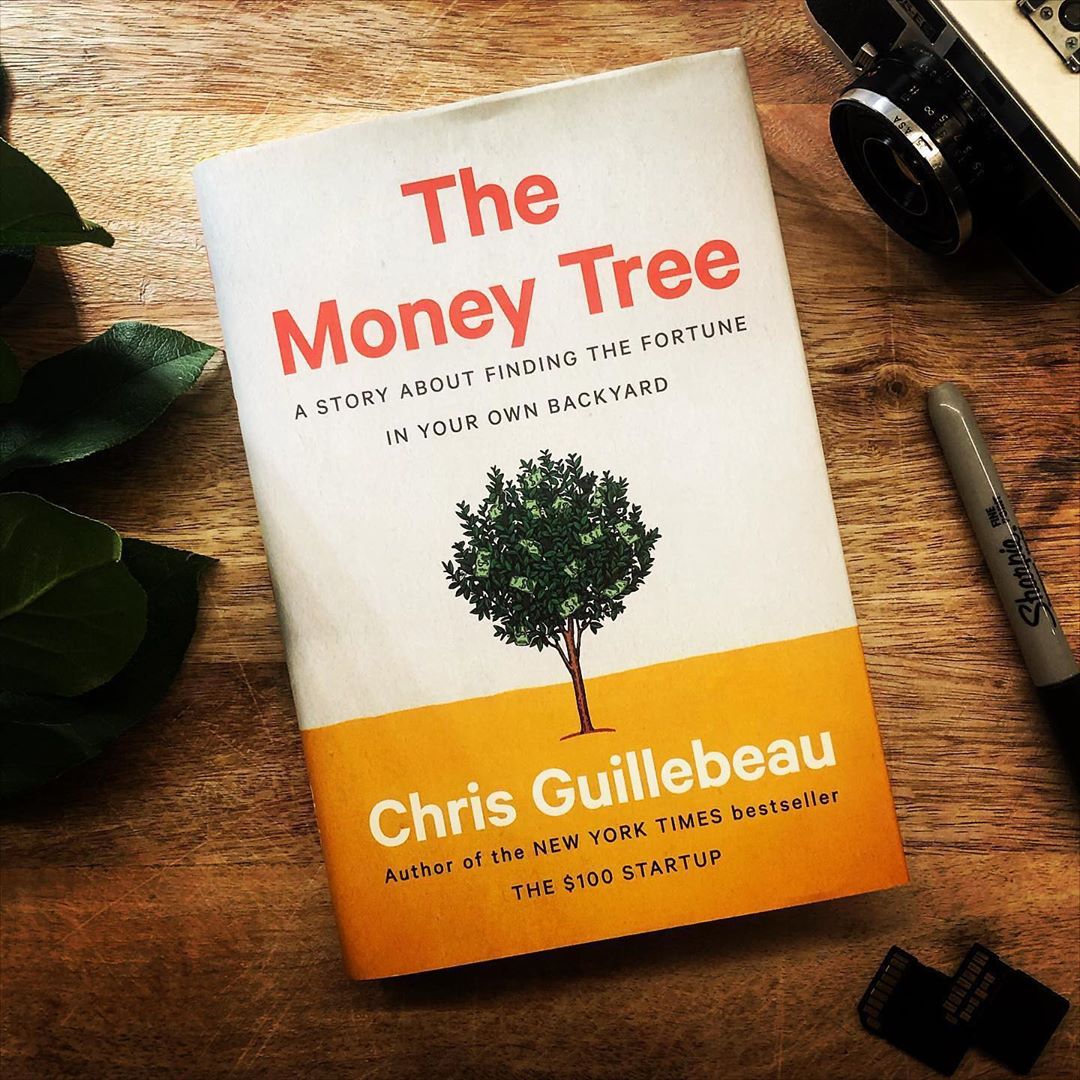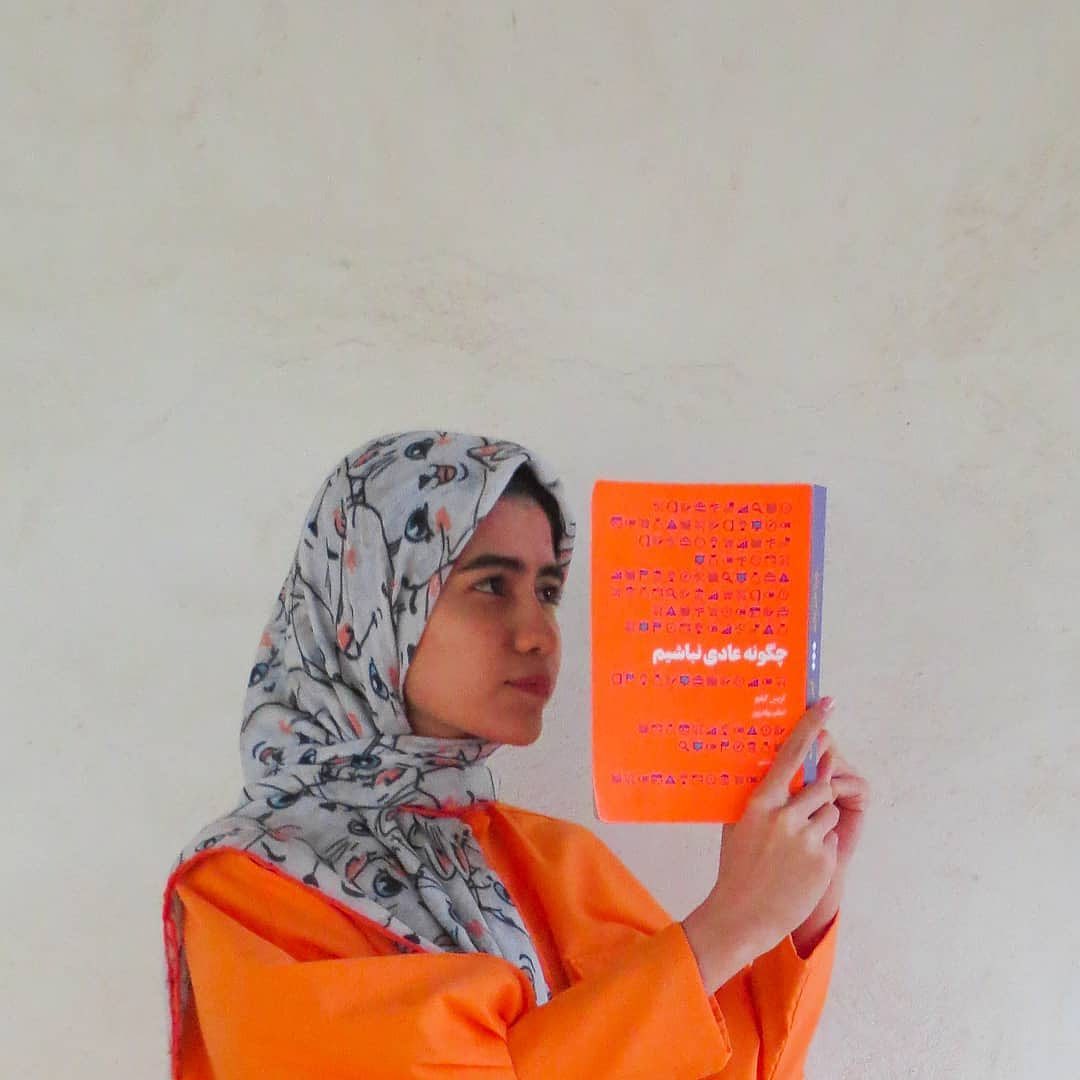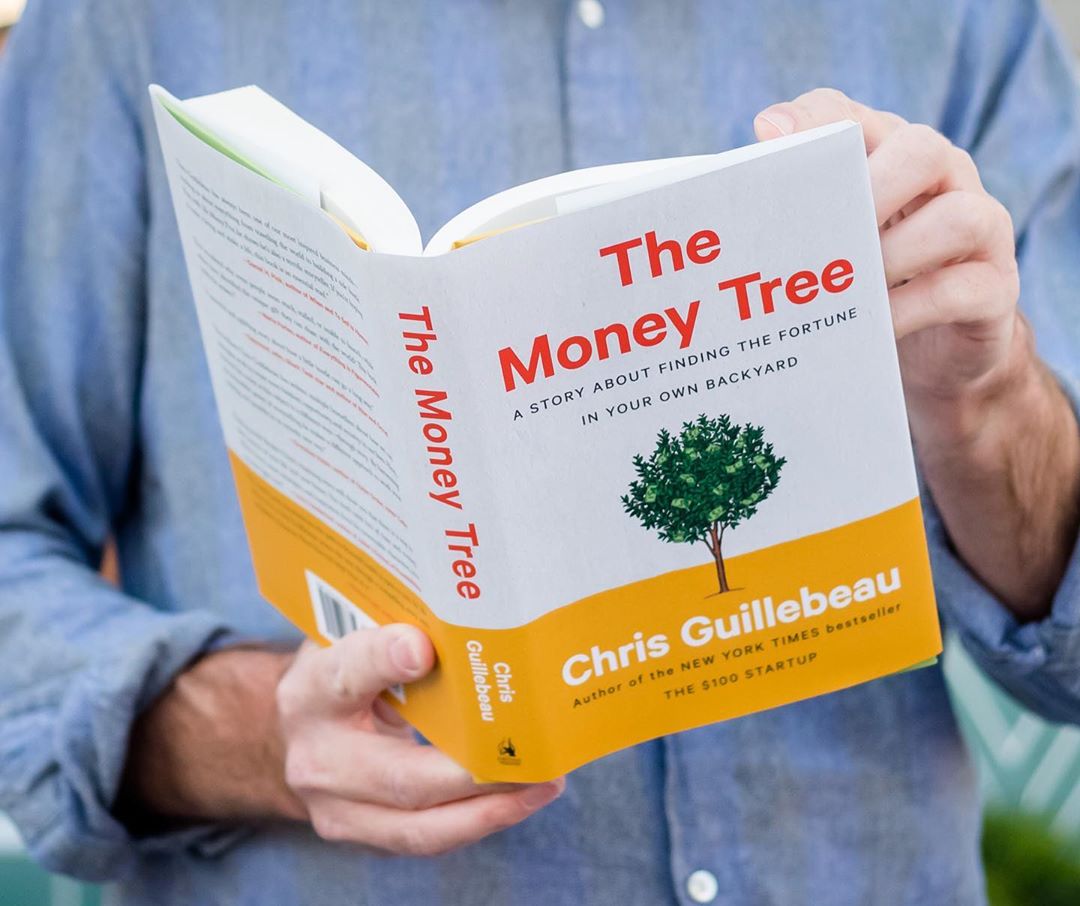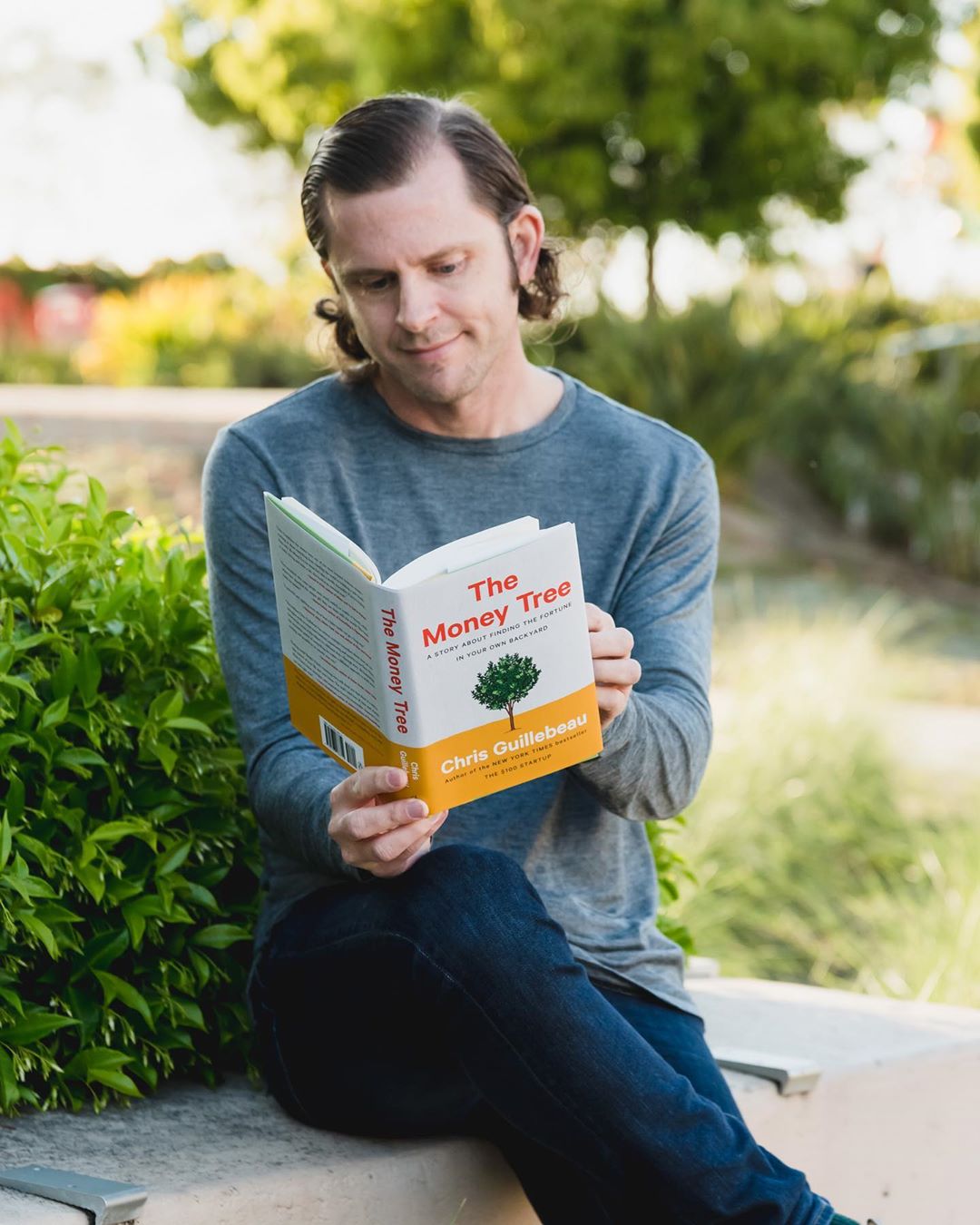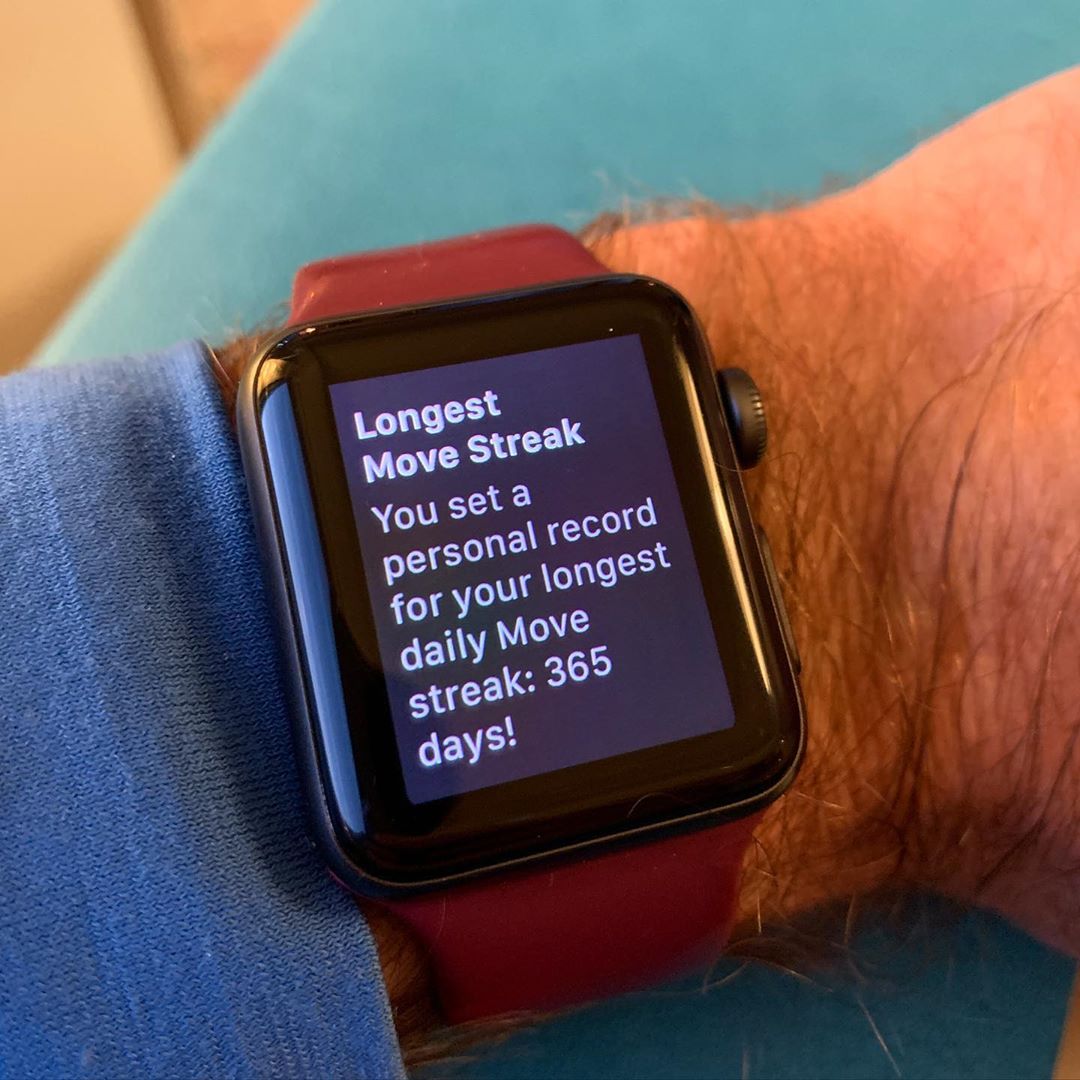How to Care For Your Money Tree
A guide for aspiring gardeners…
The Money Tree (Pachira aquatica) has many common names including Mexican Fortune Tree, Braided Money Tree, Malabar Chestnut, Guinana Chestnut, Guyana Chestnut, Provision Tree, Saba Nut, Monguba (Brazil), Pumpo (Guatemala), Wiled Kapoke Tree, Munguba, and Mamorana.
Let’s keep it simple: whatever you call it, how do you care for your money tree?
Coming from its natural habitat of Latin American swamps up to 20 meters tall, it's adapted to become easy to care for indoors as well... or wherever you want money to grow from a tree.
It doesn't take much to get the money tree started. A little soil, some humidity, and a steady warm temperature will get them going. But there are a few important things to keep in mind while you're planting this special tree.
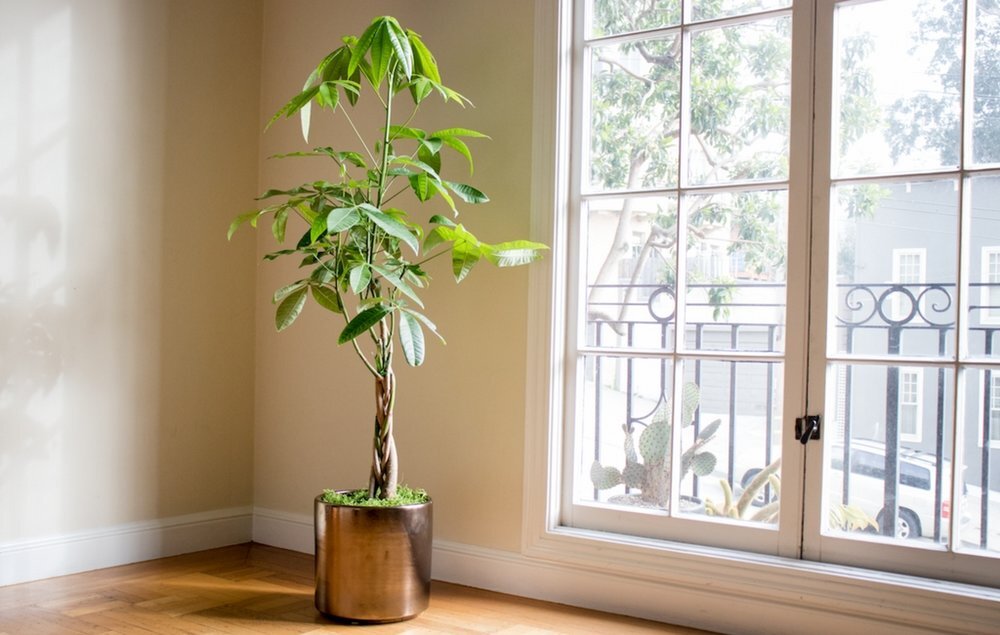
How to Grow Guiana Chestnut
Growing up to 60 feet in the wild, indoors the Guiana Chestnut (Pachira Aquatica, etc.) will only grow between six to eight feet tall and can also be trained as a bonsai if you prefer to keep it small. The key to growing a money tree indoors is giving it the right amount of light and water as it requires a significant amount of both.
When grown outdoors, the money tree produces stunning yellowish-white flowers which are eventually replaced by large seed pods with peanut-like nuts inside. However, when grown indoors, it doesn't flower as that requires pollination—a task that is carried out by bats in the wild. Despite this, when given the proper care indoors, your money tree can flourish, and increase the positive energy in your home at the same time.
Temperature
The USDA Hardiness Zone Map divides North America into 11 separate planting zones. Each growing zones is 10 degrees F warmer (or colder) in an average winter than the adjacent zone. If you see a hardiness zone in a gardening catalog or plant description, chances are it refers to this USDA map.
If you're in USDA zones 10-12, you can plant outdoors once the temperature stays above 45 degrees at night. The money tree plant prefers temperatures of 65-75 degrees and is cold-hardy to about 45.
People who aren't in zones 10-12 (and some parts of 9) may want to keep their plant indoors year-round. If so, you can get started anytime. Remember that the plant's active growing season is from spring through summer.
Light
The money tree plant can endure direct sunlight, but too much will burn its leaves—so it would be best to put in half-shade or indirect sunlight most of the time. You could also keep it in the direct sun during summer, but introduce it gradually. Since it grows towards the light, you should turn the plant occasionally to avoid asymmetric growth.
This plant also loves fluorescent light and is a common choice for an office plant. Once you place it, avoid frequent relocating because the plant might drop its leaves as a result.
Soil
A well-draining, nutrient-rich potting soil is recommended. A peat moss-based mixture would be ideal, but a standard quick-draining soil mixture such as regular cactus or flower soil will also work. If the soil requires more drainage, sand or gravel can be mixed in.
Water
The money tree should be watered once the top one inch of soil is dry. Typically they will require more frequent watering in the spring and summer and should be watered less often in the fall and winter. While it thrives with lots of water, be careful not to overwater as overwatering can kill them quickly. The best way to avoid overwatering is to ensure that the potting container and the soil have the proper drainage.
Fertilizer
The bonsai tree version of this plant needs fertilization only two or three times per year. If you want to grow the full tree, use a half-diluted liquid fertilizer every two weeks in spring and summer. You could also put some fertilizing sticks in the soil if you prefer that.
Too much fertilizer could be harmful to this plant or make it grow in height without fully developing its tree crown. Lower the feeding in the winter.
Humidity
Although this plant will grow in lower humidity, meaning 50% and higher. If the air in your house is dry, especially in the winter, increase the humidity by placing some gravel and water in the saucer. You could also frequently mist the leaves to achieve this.
Potting and Repotting
Repotting the money tree is only necessary if you want your tree to grow larger. If you want to keep your money tree small (as it can grow up to eight feet tall indoors!), keeping it in a small pot is one of the best ways to do so. When choosing a potting container, always ensure that you choose one with a drainage hole, as these trees do not like their roots to sit in water and can easily develop root rot if proper drainage is not provided.
Propagation

Stem Cuttings
The most common technique to breed the money tree plant is through stem cuttings. The best time to do this is in the summer. Make 10-15 cm long cuts and place them in water or soil immediately. If you choose to place it in water first, until the roots develop, make sure it is at least two centimeters deep. Place the water in a warm and sunny spot.
After the roots grow enough, dip the ends in a rooting hormone powder, and place it in the soil. Be careful in this process becauase young roots are very sensitive. You can also place it directly in the soil right after the cut, but water usually gives quicker results.
Seed
Breeding by seeds is less common but is simpler than cuttings. Start by soaking the seeds in water for 24 hours. Prepare a plant-based substrate in a container and place seeds evenly in the soil. Cover the seeds with about one centimeter of soil, water them, and place them in a bright and warm location. Water evenly for the whole germination process, and place them in individual pots when the seedlings grow large enough.
Pruning
Pruning is necessary if you are gorwing this plant indoors, to keep it small. The plant could lose its even shape upon cutting, but it quickly resprouts after pruning, so you don't have to worry about taking off too much. Shorten the shoots and try to cut just below the leaf axil. The best time to cut the money tree plant is in the spring.
Common Pests and Diseases
Guiana Chestnut is susceptible to a range of common houseplant pests when grown indoors, but are particularly prone to mealy bugs and scale which usually occur as a result of improper care. If an infestation occurs, it can be managed according to the type of pest.
Time to Plant and Care For Your Own Money Tree
These are the very basic, very simple instructions on how to take care of a money tree. Once you figure out just what your tree likes, you'll be quite the pair. Follow these easy steps and your money tree should be ready for harves in no time!

